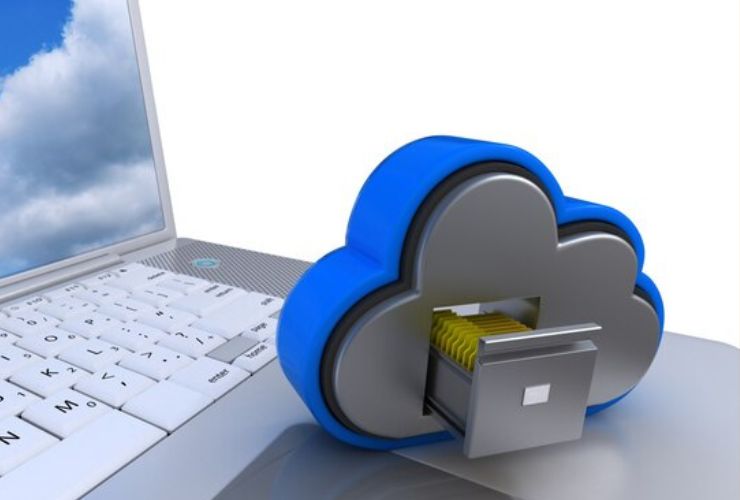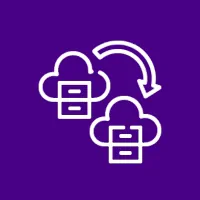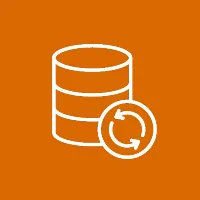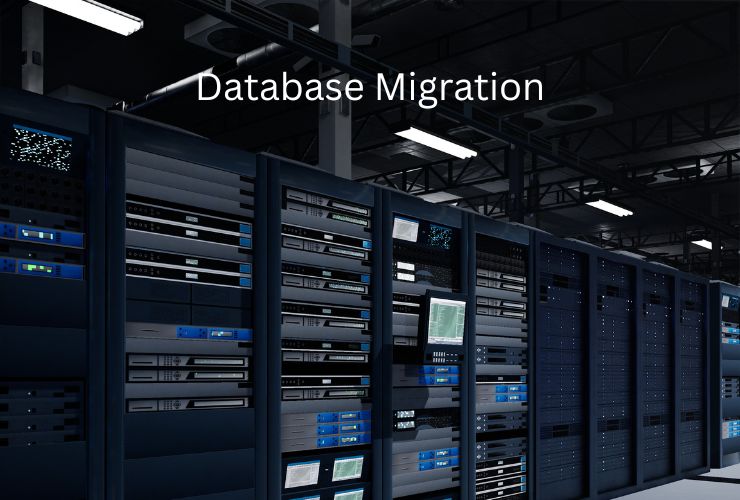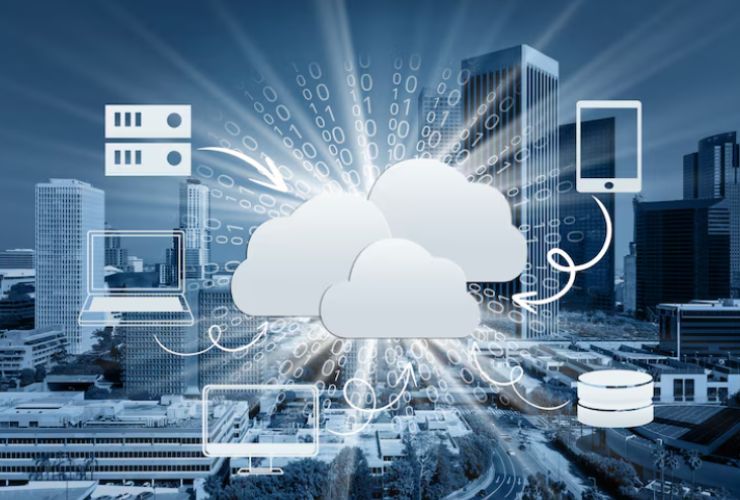In a digital-first world, data has become the single most valuable asset for businesses. While database migration can modernize infrastructure, optimize scalability, lower costs, etc., data migration also provides risks that relate to security and compliance; mishandling sensitive data during the migration process can not only lead to data breaches and compliance violations, but it can also damage a company’s reputation. For these reasons, organizations must take a structured approach to their migration process that focuses on protecting data, complying with regulations, and continuing their business.
Why Security and Compliance Matter When Migrating Databases
When migrating databases, organizations need to remember that the operation is not only about moving data from one environment to another. Ensuring that the migration happens with security, reliability, and in compliance with industry regulations are key concerns when thinking about and planning for the database migration. If organizations do nothing to address security and compliance during the database migration process ultimately it can lead to some unpleasant consequences including the risk of an expensive breach, hefty regulatory fines, and potential reputational damage. Here are the main reasons that security and compliance are important:
1. Sensitive Data
Databases often contain sensitive data like personal identities, financial records, medical histories, and proprietary business data. If the data is exposed during migration and leaked, the organization could damage customer trust and take on legal liabilities. Organizations must be able to ensure that the confidentiality, integrity, and availability of data is achieved throughout the entire database migration process.
2. Regulatory Requirements
Healthcare, financial services, and eCommerce companies operate under compliance mandates including GDPR, HIPAA, PCI DSS, and SOX. Data handling must comply with these compliance frameworks, ranging from data encryption, retention timeframes, consent capabilities, and breach notification. Non-compliance does not just lead to monetary fines, but could jeopardize licenses/certifications, contract agreements, and customer relations.
3. Risk Mitigation
Database migrations create risks related to unauthorized access, leaks, corruption, or loss of data. Organizations can mitigate the number of possible vulnerabilities by implementing effective use of access controls, encryption standards, and monitoring systems. Strong risk mitigation will help organizations ensure data remains accurate and secure throughout the migration which helps to protect both business continuity and brand reputation.
4. Audit & Reporting
A viable migration strategy with security and compliance in mind should have robust audit trails, logs, and documentation. This will improve an organization’s ability to showcase compliance in audits and inspections for a business. Maintained records also provide a lasting view of data movement for audit or operational purposes. Continuous monitoring and reporting gives organizations visibility to spot anomalies early which allows them to take preventative action.
Security and Compliance Hurdles
- Data Exposure – During migration, sensitive data can be intercepted.
- Weak Credentials – Weak access controls increases the likelihood of insider threats and unauthorized access to sensitive data.
- Regulatory Non-Compliance – Non-adherence to regulations such as GDPR or HIPAA can result in heavy fines.
- Data Integrity – Sensitive data that is lost, duplicated or corrupt during migration can impact your audit reliability.
- Lack of Monitoring – Without real-time monitoring, it can be easy for anomalies to go unnoticed.
Best Practices for Secure and Compliant Database Migration
Compliance Assessment
Identify the applicable regulations (GDPR, HIPAA, CCPA, SOX, PCI DSS) relevant in the migration and join the strategies to the regulation.
Data Encryption in transit and at rest
You should utilize multiple layers of security including SSL/TLS, VPN tunnels, encryption as well as strong encryption algorithms (AES-256) to protect sensitive data.
Role-based access control (RBAC)
Minimize your migration access to only those authorized should have it and enable multifactor authentication should it be made available.
Migration Tools
Use secure and enterprise tools such as AWS DMS, Azure DMS, or Oracle GoldenGate which are capable of securely and compliantly performing the migration with relative ease.
Mask/Anonymize Sensitive Data
Use data masking techniques for any staging or testing environments to minimize the amount of sensitive data exposure unnecessarily.
Audit Trails and Logging
It is critical to track who is accessing all resources, when and how. Auditors prefer transparency and proper controls.
Post-Migration Security Testing
End-user testing is essential, including but not limited to penetration testing, data validation, and compliance audits to verify integrity.
Benefits of Secure & Compliant Migration
- Reduced risk of data breaches and regulatory penalties
- Maintain trust with your customers and brand reputation
- Improved data governance, integrity, and transparency
- Reduced risk of non-compliance with existing laws, help future-proof for evolving regulations
- Enable greater business continuity with little or no downtime
Empirical Edge Inc. Expertise in Secure Database Migration
At Empirical Edge, we offer secure and compliant database migration services tailored to your business. We take your through the entire migration journey by conducting risk assessments, encrypting data, and developing a migration strategy based on your compliance needs. Empirical Edge helps ensure that your critical data move securely and seamlessly so there is no downtime or disruption to your operations.
Learn more about our services: Database Migration Services
Conclusion
Database migration is much more than just a technical process; it’s a strategic initiative that requires security-first thinking and compliance-driven execution. By following best-practice recommendations, using the proper tools, and working with compliant third-party experts, organizations can confidently modernize databases while keeping the organization’s most critical asset—data—secure.

